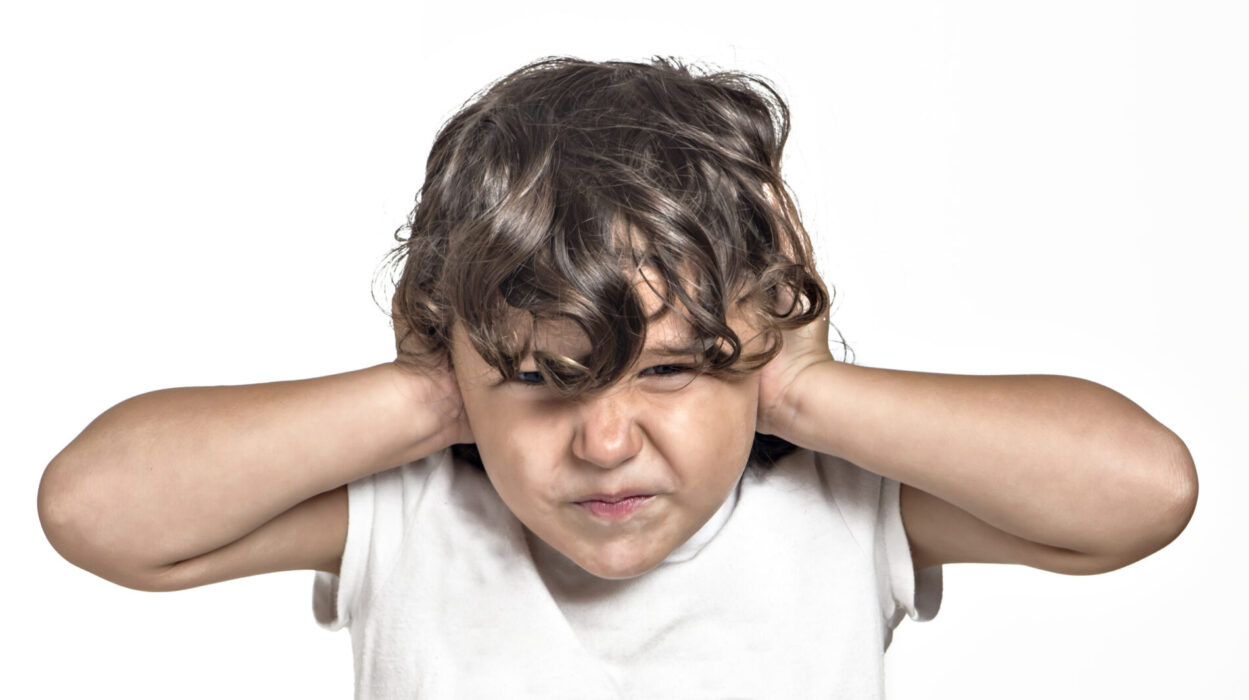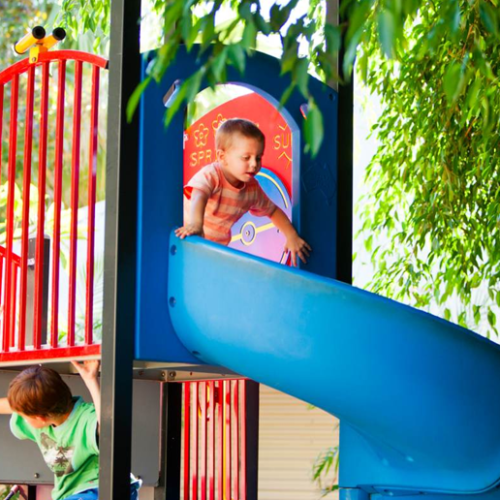How sensory processing disorder affects children
We take a deep dive into how sensory processing disorder can affect children, and what you can do as a parent to support your little one.

Sensory processing disorder is a condition that affects the way a child’s brain deals with inputs coming from their different senses. Children who have sensory processing disorder may be more or less sensitive to different things than is usual. Sound, touch, light, smell and taste are all examples of sensory inputs that your little one may have difficulty with. If they’re over sensitive to these, they will try to find ways to reduce the effect it’s having on them, such as covering their ears against sounds or trying to remove uncomfortable clothes.
THE SENSES
There are eight different types of sensory processing that translates the external world into our body. In addition to the five main senses (sight, hearing, touch, taste and smell), there are three more senses to be aware of.
Most people know of our 5 sensory systems and are surprised when they learn that we actually have eight. Five sensory systems (sight, smell, touch, taste and hearing) are self explanatory and the 3 remaining are:
Interoception
Interoception is the sense of what your body is experiencing. This sense provides the brain with information about our internal organs such as hunger, pain, body temperature and needing to use the bathroom
Proprioception
Proprioception is the awareness we have of our body. This sense receives sensory information from our muscles and joints to help us know where our body is in space and how to plan movements with our arms and legs. It also helps us to know how much force to use when holding objects, kicking a ball and writing with a pencil
Vestibular
Vestibular is the sense located in the inner ear that provides us with information about balance and equilibrium. It also provides the body with information remaining more alert.

HOW TO SPOT SENSORY PROCESSING DISORDER
Every child is unique and may respond in different ways to stimuli. The symptoms of having sensory processing issues may depend on the way a child processes different sensations.
Hypersensitivity
Hypersensitive children are those who experience stronger sensations when one or more of their senses become activated. This may cause them to be quite uncomfortable and they will often react to try and reduce the effect of the stimulus. Tell-tale signs of hypersensitivity include:
- Covering eyes or ears
- Picky eating
- Low pain threshold
- Clumsiness
- Difficult controlling emotions
Hyposensitivity
On the opposite end of the spectrum are hyposensitive children who experience a diminished sensation when they come into contact with specific stimuli. They will often seek out stronger sensations from their environment. Examples include:
- Putting things in their mouth
- Touching objects
- High pain threshold
- Bumping into things
- Fascination with bright lights or loud noises
Experts don’t yet fully understand the ins and out of sensory processing disorder. Some research has shown that it is actually the result of other disorders rather than a standalone issue. Many children with autism also have sensory processing disorder. Other conditions such as ADHD, sleep disorders, schizophrenia or developmental delay can all result in a child experiencing sensory processing disorder.

POSSIBLE CAUSES
Studies suggest that sensory processing disorder may be a result of complications during pregnancy or birth. Examples of these are:
- Stress in the mother
- Substance abuse during pregnancy
- Prematurity
- Lower weight at birth
Children who experience unhealthy childhoods, whether it’s a poor diet or a dysfunctional household, are also more likely to experience sensory processing disorder.
While sensory processing disorder is generally accepted, there is no official route to a diagnosis. Medical practitioners instead tend to treat children on a case by case basis, by trying to identify which senses the child is struggling with and advising on ways to help limit the discomfort.
TREATMENT OPTIONS
You may notice that your child is struggling or becoming overwhelmed by their senses. If this becomes a common occurrence, or if you are concerned that your child has sensory processing disorder, don’t hesitate to contact your little one’s doctor. They will offer a qualified opinion and enable you to look for further support for your child.
A multi-pronged approach
There is no standard procedure for treating sensory processing disorder. A multi-pronged approach involving the child’s doctor, a psychologist and an occupational therapist can be a good plan as it addresses the disorder from a variety of angles. This way, parents will gain a clearer understanding of what their child is dealing with and how to manage it as well as possible.
If your little one is hyposensitive, regular sessions with a physical therapist can help. They will create an exercise routine for your child that will help them to physically express themselves in a safe manner. For hypersensitive kids, a physiotherapist can assist in working on motor function to overcome clumsiness or difficulties with balance.
WHAT PARENTS CAN DO
Sensory processing disorder is a medical grey area, so it can be hard to know how to proceed, but there are things you can do. Besides seeking medical support, it’s important to sit with your child and ask them how they are feeling. Encourage them to express themselves and listen closely to what they have to say. Speak on their behalf to doctors and therapists and represent their needs as accurately as possible.
While it can be tough to know that there is no one-size-fits-all cure available for sensory processing disorder, try to focus on finding ways to make each day less uncomfortable for your child. Once your little one has the tools to overcome some of these obstacles, they will be better able to live happily and thrive.











Comments